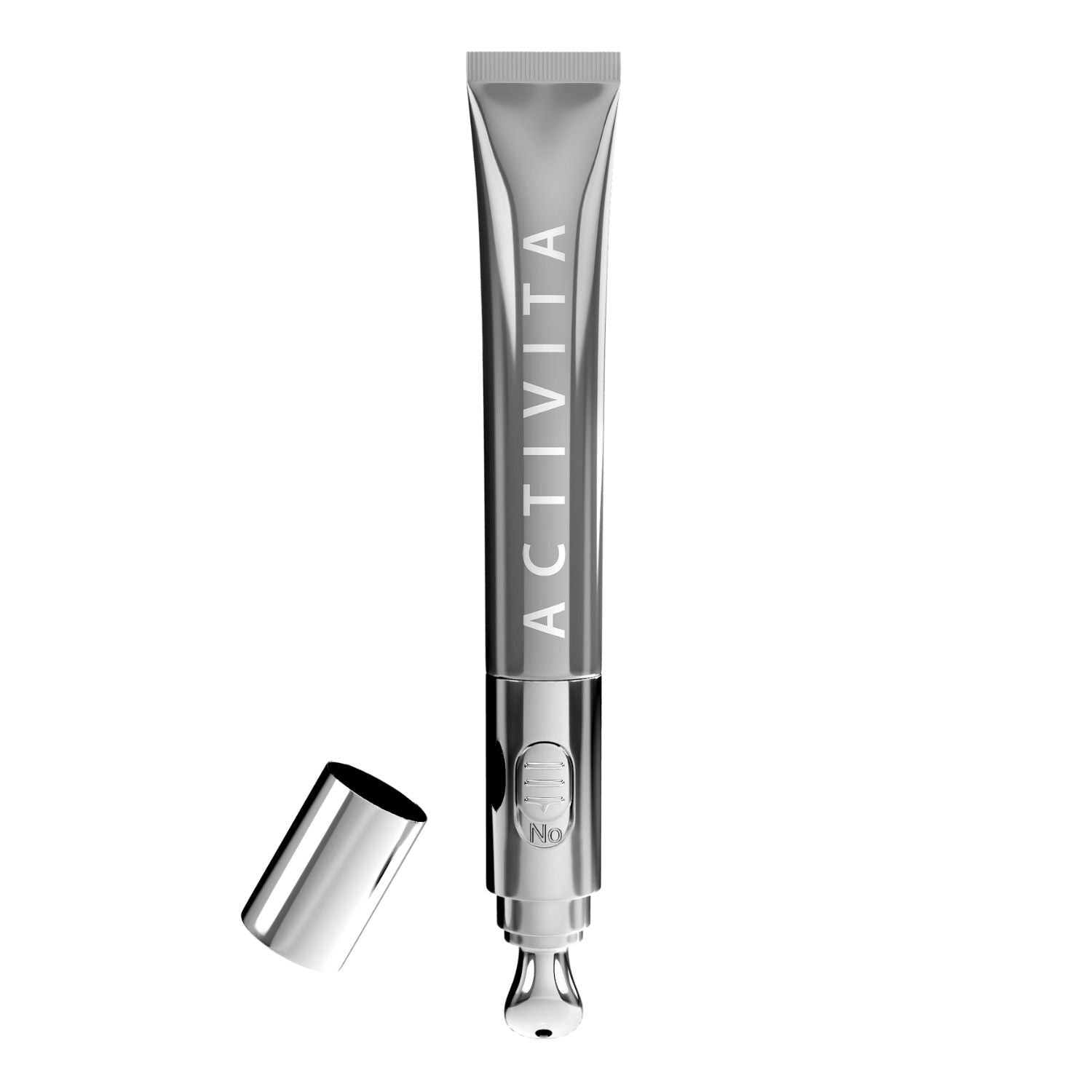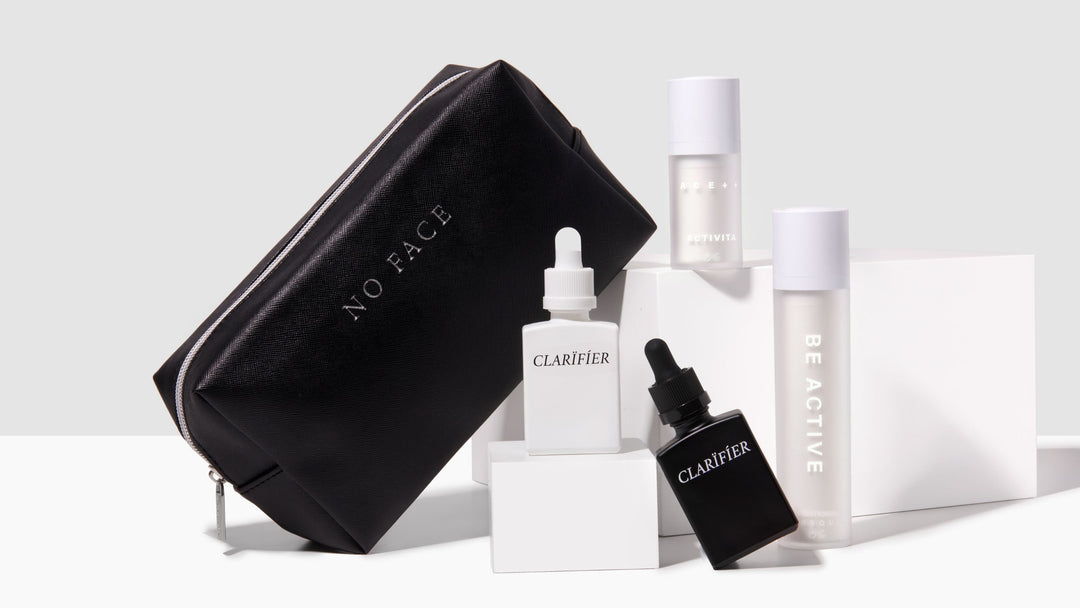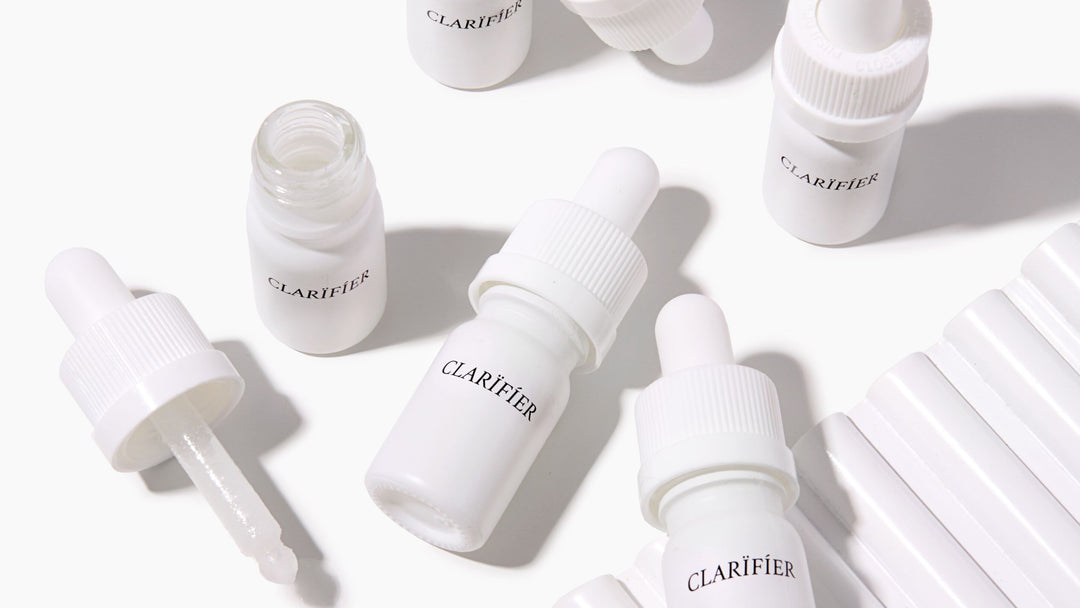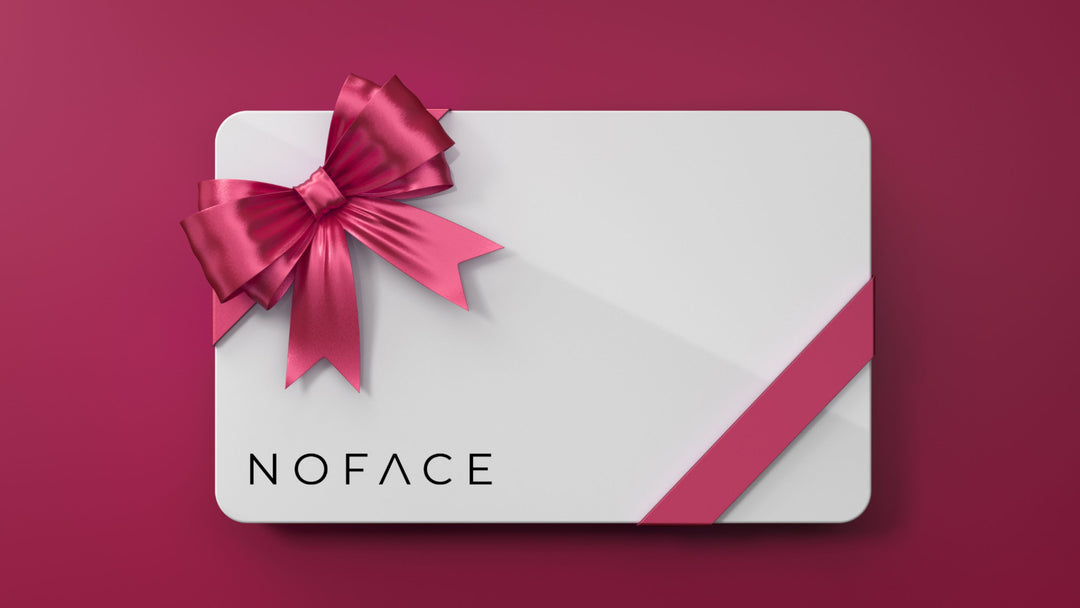What is paraben and Why we developed paraben free foundation?
'Parabens could be detected in the blood and urine of healthy young male volunteers a few hours after lotions were applied to their skin. '
Everything you should know about parabens
You may have noticed lately that “paraben free” labels are popping up everywhere. Parabens are the most widely used preservatives in personal care products — stopping fungus, bacteria and other microbes from growing in your favourite products, especially in the moist, warm environment of a bathroom.
Their names are a mouthful: methylparaben, ethylparaben, propylparaben, butylparaben and isobutylparaben. You’ll find them listed on thousands of personal care products such as shampoos, mascara, foundations and body lotions. But over the past few years, a debate has been building among scientists, product safety regulators and cosmetic manufacturers about whether these chemicals may actually be harmful for your health.

Sun exposure
Studies indicate that methylparaben applied on the skin may react with UVB leading to increased skin aging and DNA damage.
Parabens and cancer
One of the most vocal is Philippa Darbre, a senior lecturer in oncology and researcher in biomolecular sciences at the University of Reading, in England. She specializes in the impact of estrogen on breast cancer. In 2004, Darbre’s team published a pivotal study that detected parabens in 18 of 20 samples of tissue from breast tumour biopsies. Her study didn’t prove parabens cause cancer, only that they were easily detected among cancerous cells. The study was criticized for not comparing paraben levels in normal tissue, but nevertheless, the results called out for more investigation.
“We’ve known for more than 25 years that estrogen exposure is linked to breast cancer development and progression; it is the reason tamoxifen (commonly prescribed to women with breast cancer) is used to disrupt estrogen receptors,” says Darbre. “So it is not such a leap to be concerned that repeated, cumulative, long-term exposure to chemicals that weakly mimic estrogen might have an impact.”
Darbre is particularly concerned about lotions and deodorants being applied under the arms or near the breast. She notes roughly 55 per cent of all breast cancer tumours occur in the upper outside portion of the breast, the section closest to the underarm. The U.S. National Cancer Institute partly dismissed the claim, maintaining that at present, there is no decisive evidence to conclude that the parabens in these products are linked to breast cancer.
One Danish study, however, raised concerns. It showed that parabens could be detected in the blood and urine of healthy young male volunteers a few hours after lotions were applied to their skin. The authors concluded that since the chemicals could be absorbed, metabolized and excreted, they could potentially contribute to adverse health effects.
But Health Canada, the U.S. Food and Drug Administration, and the Cosmetic Ingredient Review (CIR), a U.S.-based industry-sponsored panel of experts, have deemed parabens safe at current exposure levels. The CIR examined parabens in 1984 and again in 2005, and both times concluded that parabens at the low levels found in personal care products are not a concern.
But researchers and organizations such as the U.S. Environmental Working Group say research must not just look at individual product exposure but must find a way to evaluate the cumulative impact of many products used over many years. EWG’s surveys show the average adult consumer uses nine personal care products a day.
Is there an alternative to parabens?
There is truth to that point; even paraben-free product producers like Allen White, of NO FACE, Sydney-based Skin Care Company, say it’s a challenge to formulate products without parabens preservative talents. White, a microbiologist, and his wife, biochemist Jane White, worked in the chemical and pharmaceutical industries for years before starting NO FACE. Jane formulates products and Allen tests them for microbiological safety before they’re released.
“Creams and lotions are the toughest. We often have to go back to the drawing board because on testing we have got something growing in it,” says Allen. As preservatives, NO FACE uses oregano, thyme, rosemary, goldenseal root, grapefruit seed extract or lavender oil in various combinations. But they’re always looking for other formulations and combinations with natural preservative properties.
“The reason parabens are used so widely is that they are cheap and effective,” says Allen, noting that parabens largely replaced formaldehyde many decades ago as a preservative. “We don’t want to take a step back to that chemical. Everyone is looking for better alternatives.”
So until consumers decide they’re happy storing cosmetic products in the fridge, most companies will continue to use parabens while searching for preservatives without estrogenic qualities. Meanwhile, scientists like Darbre aim to add to the body of evidence to clarify the debate.
“I’m sure that in the next 10 years, parabens will be phased out. That may not be so much because of conclusive evidence as consumer demand,” notes Allen.
Get a paraben free skin care or makeup product today:
Hydrating Moisturizer (paraben free)
Foundation/Lip cosmetics (paraben free)







Leave a comment